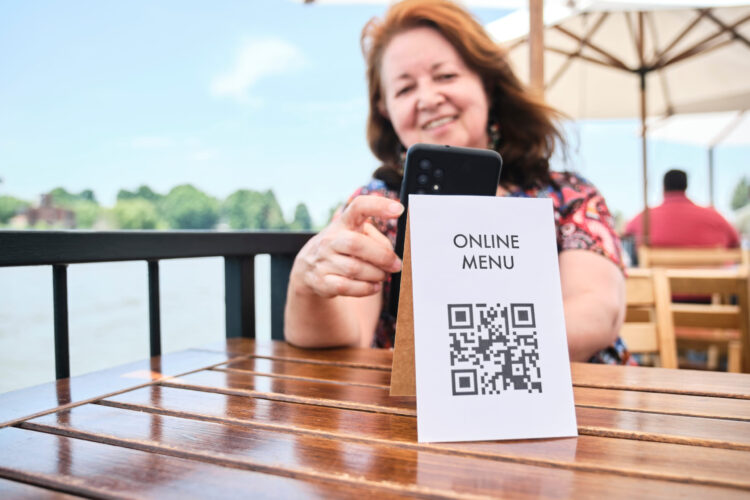September 30,2021
9 Steps to Crafting the Best Restaurant Menu Design on FodiEats.com

Designing a successful restaurant menu is an art that goes beyond mere aesthetics. It’s a silent yet persuasive salesperson, enticing diners to try unique or exclusive items. A well-crafted menu considers aesthetics, design, selling points, and the psychological effects on customers. Follow these steps to create a menu that not only tantalizes taste buds but also boosts sales and enhances the overall dining experience.
Pre-Design Considerations
Define Your Essence
Your menu should reflect your restaurant’s identity. For an upscale steakhouse, highlight prime beef and fresh juice. A cozy café should emphasize artisanal coffee and light lunches, while a fusion eatery might showcase innovative dishes merging different culinary traditions. Clarify your core values and cuisine to create a menu that suits your restaurant’s identity.
Cater to Your Clientele
Understand your customers’ demographics, preferences, and lifestyles. Offer plant-based and organic choices for health-conscious millennials. Cater to gourmands with luxury ingredients and exquisite dishes. Your menu should meet your clientele’s tastes and needs.
Keep Your Menu Short and Neat
A well-crafted menu strikes a balance: it’s concise, easy to navigate, and visually appealing. A shorter menu reduces ingredient management costs and food waste, making it easier for customers to make quick decisions, potentially leading to higher orders.
Step-by-Step Menu Design
Step 1: Write Out All Menu Items
List all the dishes you plan to offer using tools like Excel, Google Sheets, or pen and paper. This foundational step ensures your menu design is precise and comprehensive.
Step 2: Curate Your Menu Display
Categorize your menu items into sections like appetizers, entrees, and desserts. Highlight top-performing dishes with high-profit margins using attractive fonts, colors, and borders to create an irresistible allure.
Step 3: Set Menu Prices Wisely
Avoid sticker shock by integrating prices seamlessly with menu items and using menu psychology techniques. Present prices in a clean, uncluttered format without traditional currency signs.
Step 4: Craft Enticing Descriptions
Transform simple dish names into culinary experiences. Use sensory-rich adjectives and share the story behind each dish to captivate your customers’ imaginations.
Step 5: Select a Menu Color Palette
Choose a color scheme that resonates with your restaurant’s identity. This could be a trio of complementary colors or a simple black-and-white palette to save on printing costs.
Step 6: Choose Typography and Aesthetics
Select legible fonts that match your restaurant’s vibe, whether elegant script for a high-end establishment or playful sans-serif for a casual café. Incorporate design elements like line dividers or illustrations to enhance visual appeal.
Step 7: Make Room for Photos
Showcase mouthwatering photos of your best dishes. High-quality images can significantly boost sales by tempting customers with visual cues.
Step 8: Test the Waters
Test a small batch of printed menus among colleagues or friends. Gather feedback on readability, clarity, and overall appeal, then refine your design based on their input.
Step 9: The Final Touches
Incorporate feedback, proofread diligently, and print menus on high-quality paper or cardstock. This transforms your vision into a tangible, appealing work of art.
Considering a digital menu? Discover how it can enhance customer experience, elevate sales, and reduce costs in our latest blog.
Wrapping Things Up
Your restaurant’s menu is a powerful tool that can significantly impact your business. From selecting the best dishes to choosing the right fonts and colors, crafting a menu that reflects your brand’s identity is challenging yet rewarding. Invest the time and collaborate with the right individuals to make it shine.
Struggling with menu planning? Refer to our Menu Engineering feature for expert guidance.
Want more inspiration and business tips?
We are committed to keeping your information safe. Read our Privacy Policy to find out more.



